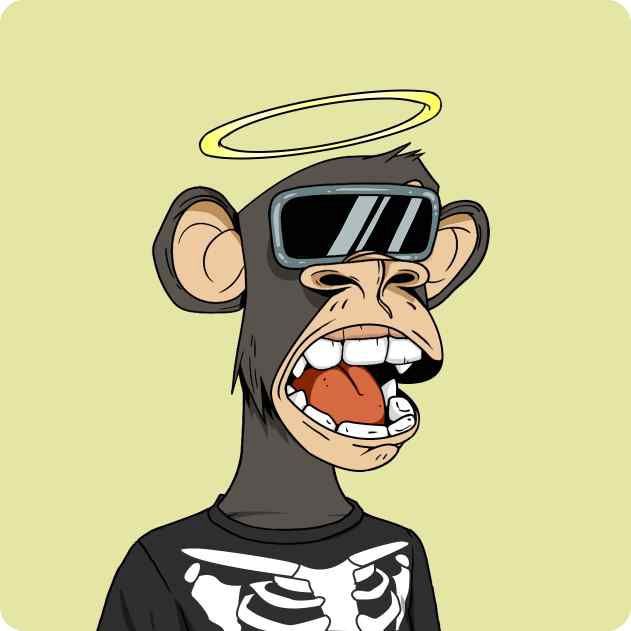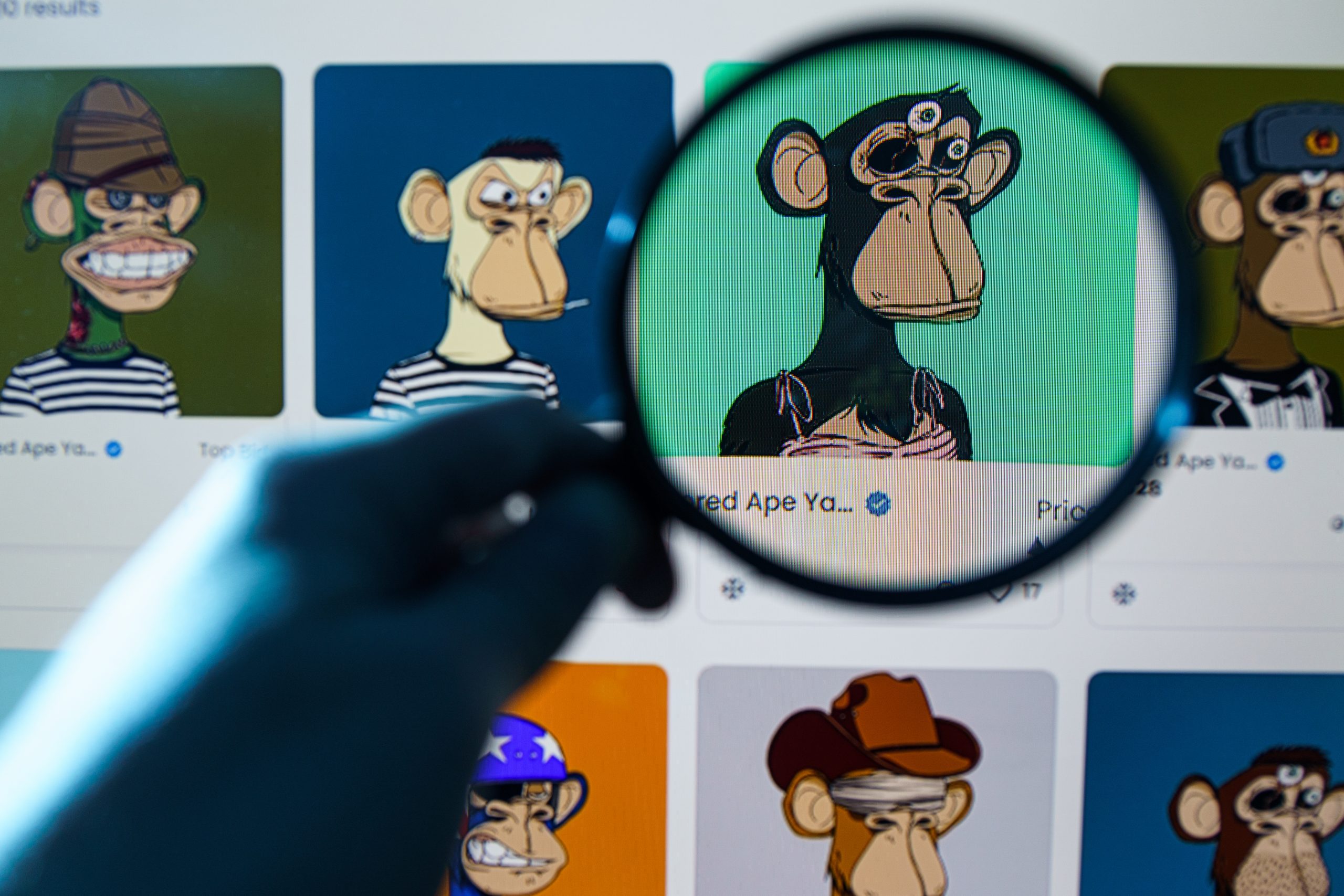Even if you’re not fluent in tech lingo, you’ve probably heard about non-fungible tokens, or NFTs. Perhaps you came across digital artist Beeple’s NFT collection, “Everydays: The First 5,000 Days”, which sold for a whopping US$69 million at Christie’s auction house in March 2021.
Or maybe you read about Twitter founder Jack Dorsey selling his first-ever tweet for a cool US$2.9 million. Not to mention countless headlines proclaiming NFTs are taking over the art, fashion, automobile and sports industries.
There’s no denying that NFT markets have boomed over the past year. In the third quarter of 2021 alone, NFT trading volumes worldwide surpassed US$10 billion – that’s over 700 per cent more than the previous quarter – according to a report by NFT market insights and discovery platform DappRadar.
But what are NFTs, anyway? What’s so special about them? And why are sales surging? Find the answers to these burning questions and more in this easy-to-digest explainer.

What are NFTs?
In a nutshell, think of an NFT as a digital deed of ownership. To explain it another way: NFTs are digital records of ownership stored on a blockchain. NFTs can represent anything from paintings to videos, songs, memes, collectable cards, memorabilia, avatars and even virtual property.
These unique assets are “non-fungible”, meaning they cannot be copied or replaced. And since NFT ownership is traded on a blockchain, each transaction is trackable and verifiable to ensure authenticity.
How does NFT trading work?
Anyone can create, buy and sell NFTs on a blockchain-based NFT marketplace, such as OpenSea and Nifty Gateway. In most cases, buyers set up a digital wallet then use cryptocurrencies to purchase the NFT.
As the first blockchain to support NFTs, Ethereum currently remains the most widely used NFT platform and most NFTs are priced in Ether (also known as ETH, Ethereum’s native cryptocurrency).
Once you own an NFT, are there any limitations?
There can be. Owning an NFT doesn’t necessarily mean you hold the copyright to the item. Typically, an NFT provides the owner with a license to use the assets – some licenses are for personal use only, while others allow commercial use.
For example, NFT music sold by American rock band Kings Of Leon is for personal consumption only, whereas a CryptoKitties (a game centred around breedable digital cats) enables buyers to use their NFTs commercially and earn up to US$100,000 in gross revenues.
NFT games – such as Axie Infinity, an Ethereum-based NFT online video game developed by Vietnamese studio Sky Mavis – are even diversifying people’s income these days. Axie Infinity’s “play-to-earn” model enabled players from the Philippines to earn money during the pandemic.
How do I create (and sell) an NFT?
The process can be summarised in roughly five steps: create an item of value (it can be physical, digital or conceptual), then choose a blockchain platform, set up a digital wallet, choose an NFT marketplace to “mint” (or create) your NFT that represents the item, and wait for someone to buy it.
In terms of what to create, the possibilities are endless: people are buying everything from board game ideas to tweets, news articles, video clips, animations and virtual plants, as NFTs. There are even improvisational NFT projects like The Loot Project, which is designed to boost creativity and community for those who play fantasy- and world-building games.
How popular are NFTs worldwide?
Despite all the buzz around NFTs in recent months, the market remains relatively niche. According to NonFungible, a database of blockchain gaming and crypto collectable markets, there were roughly 60,000 active wallets (unique digital wallets that bought or sold an NFT asset) per week on average in 2021. Since NFTs emerged in June 2017, the market has recorded over US$14.56 billion in sales.

Which NFTs are the most famous?
Beeple’s NFT artwork may have set the record, but several other high-profile sales have taken place recently. For example, Sotheby’s auction house sold a set of 107 NFTs representing computer-generated “Bored Ape” cartoons for over US$24 million in September.
There’s also CryptoPunks, an NFT project consisting of 10,000 unique, randomly generated pixel characters on the Ethereum blockchain. One of the CryptoPunks, Punk 635, received a bid of about US$10.9 million in November 2021. And way before last year’s NFT hype, a CryptoKitties virtual cat sold for about US$172,000 in 2018.
As you might expect, celebrities have played a major role in boosting the NFT market: Canadian musician Grimes has made millions selling NFTs, American football quarterback Tom Brady co-founded a sports-themed NFT platform, “Tonight Show” host Jimmy Fallon purchased the Bored Ape #599 NFT, and the American rapper Snoop Dogg has collected an estimated US$17 million worth of valuable NFTs.
Are there any NFT makers in Macao?
A Macao artist created an NFT collection similar to the CryptoPunks called PixelStans. It’s a set of 98-pixel portraits featuring Macao’s late gaming tycoon Stanley Ho, who died in May 2020 at the age of 98. “The PixelStans collection captures the flamboyant billionaire over the years,” the artist wrote on OpenSea. “Every PixelStan was handmade, with one of them being animated!”
PixelStans have paved the way for a wave of digital crypto-assets in Macao and Asia, the creator, who did not reveal their identity, told MNA in 2021. “The creation of non-fungible tokens and digital art collection engraved in the Ethereum blockchain forever will provide exposure to the city.”
The collection has so far sold for a total of 0.4 ETH (Ethereum), or about US$1,636 at the current exchange rate, to 19 owners.
Another Macao NFT collection comprises 50 copies of a photo dubbed, “The Grand Lisboa – Macau” taken by South Korea-based Noe Alonzo during a one-night trip to Macao, according to the item’s description on Nifty Gateway, a digital art online auction platform for NFT art. So far, each copy has sold at a different price point with the most expensive going for US$3,000.

What are the downsides?
Critics of NFTs have expressed concern about ownership rights of source material, unregulated markets, instances of fraud, and the environmental costs of such technologies. Essentially, running blockchains like Ethereum requires a substantial amount of computing power and electricity, thus contributing to carbon emissions.
To address this problem, Ethereum has recently moved away from its previous “proof-of-work” system (which required computers to generate new crypto coins) to a “consensus” mechanism called “proof-of-stake” that requires 99.95 per cent less energy.
What do NFTs mean for the future?
In the creative realm, the collaboration between the emerging NFT world and the art establishment will eventually lead to significant, history-making works “worthy of museum preservation (and market valuation)”, wrote Michael Maizels, an art historian and a multidisciplinary researcher, in a recent post for American tech news site TechCrunch.
In addition to transforming the art world, NFTs may also create all-new business models, services and procedures. For example, musicians can potentially provide enhanced media and special perks to their fans via NFTs. They could also upend how we register, share and track the ownership of physical assets, such as cars, houses and all kinds of memorabilia.
As one example, a homeowner could sell fractions of their property to multiple investors via NFTs on a blockchain, then split the rental income and capital appreciation amongst NFT owners, according to Entrepreneur magazine.
Although the future of NFTs remains to be seen, they are already influencing several major industries while new real-world applications seem to emerge month after month.
Depending on how the technology evolves, NFTs could prove to be much more than a fad and, potentially, become a valuable tool that’s seamlessly integrated into both our online and offline worlds.






